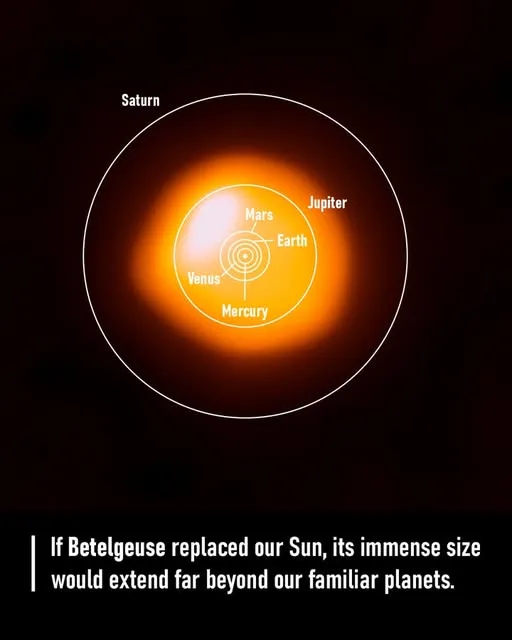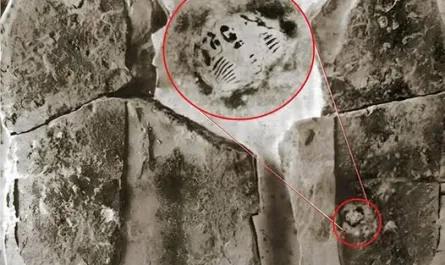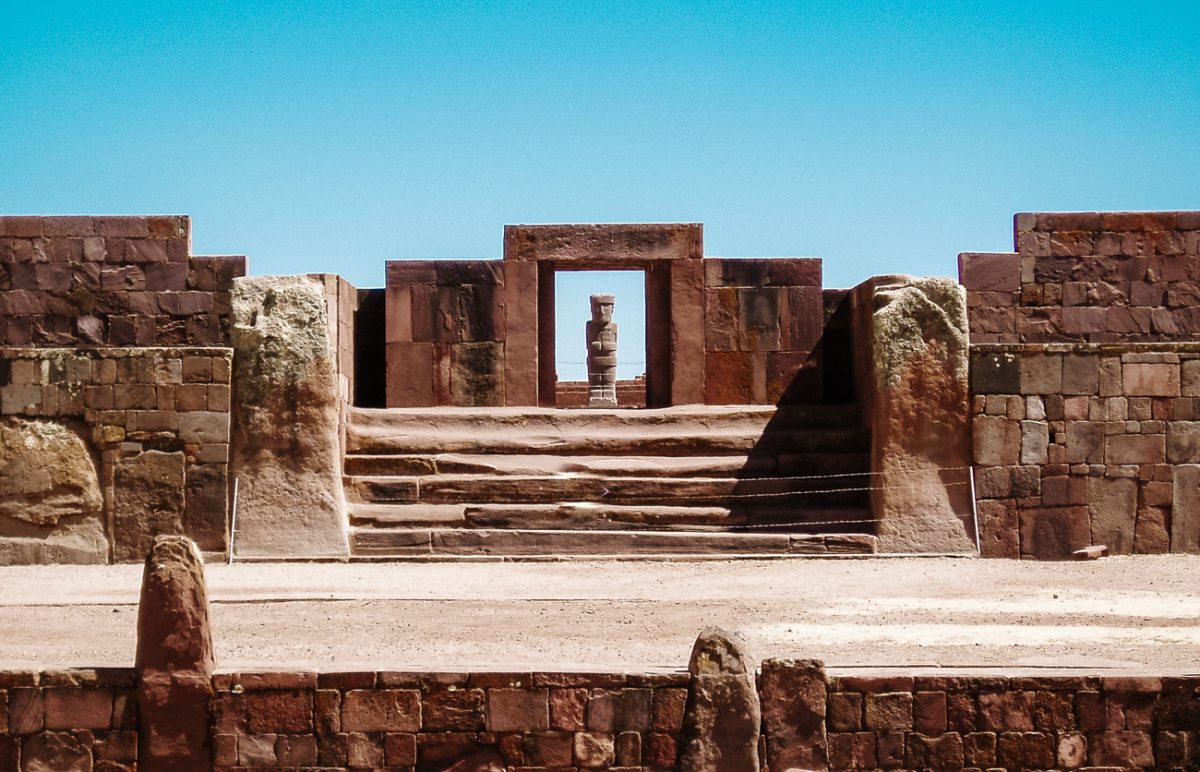Look up at the constellation Orion and you’ll spot a fiery red giant marking its left shoulder: Betelgeuse. This star isn’t just a point of light; it’s a cosmic countdown, a celestial spectacle waiting to happen. For astronomers and stargazers, Betelgeuse is a star on the brink, and its story tells us about the sheer scale and dramatic life cycle of stars far more massive than our sun.

A Star That Would Swallow Our Solar System
To truly grasp the size of Betelgeuse, you have to use your imagination. This isn’t just a big star; it’s a supergiant. If we were to magically replace our sun with Betelgeuse, its colossal size would be mind-blowing. The star’s surface would extend past the orbits of Mercury, Venus, Earth, and Mars. In fact, it would likely engulf a significant portion of the asteroid belt, reaching all the way out to the orbit of Jupiter.
This comparison isn’t just a fun fact; it helps us understand the immense scale of the universe and how our own solar system is a relatively small corner of it. The very ground we stand on would have been a part of Betelgeuse’s fiery atmosphere, a testament to its staggering proportions.
The Inevitable and Spectacular End
But Betelgeuse’s size is only half the story. The other, more dramatic half is its impending death. As a red supergiant, Betelgeuse has already burned through the hydrogen fuel in its core. It’s now fusing heavier elements, a process that signals its final stages of life.
While we can’t pinpoint the exact date, astronomers are confident that sometime in the next 100,000 years, Betelgeuse will explode in a powerful supernova. In cosmic terms, that’s practically tomorrow. This isn’t just a theory; it’s the inevitable fate of all massive stars.
When it finally goes supernova, the event will be unlike anything humanity has witnessed in recorded history. The explosion will be so bright that it’s predicted to outshine the full Moon for weeks or even months. For a time, we will see Betelgeuse shining brightly in the daytime sky, a new point of light to compete with the sun.
This supernova will be a profound event for science. Located a few hundred light-years away, Betelgeuse is close enough for us to study the explosion in incredible detail, offering us an unprecedented look into the physics of a stellar death. The cosmic material from the explosion will seed the galaxy, contributing to the formation of future stars and planets, continuing the endless cycle of the universe.
So, the next time you see Betelgeuse glowing in the night sky, remember that you’re looking at more than just a star. You’re looking at a cosmic time bomb, a spectacular event waiting to happen, and a powerful reminder of the dramatic and awe-inspiring forces that shape our universe.





